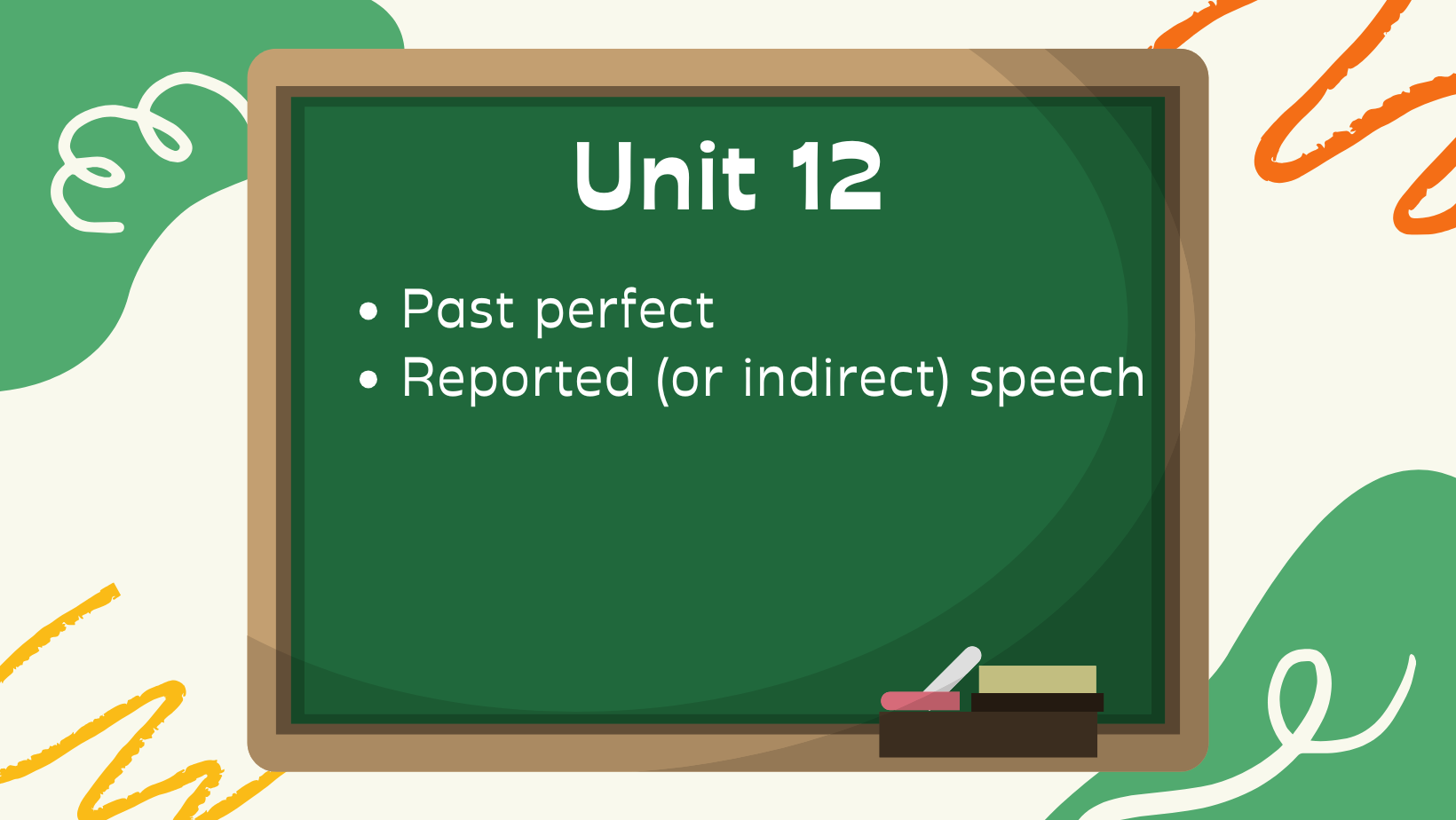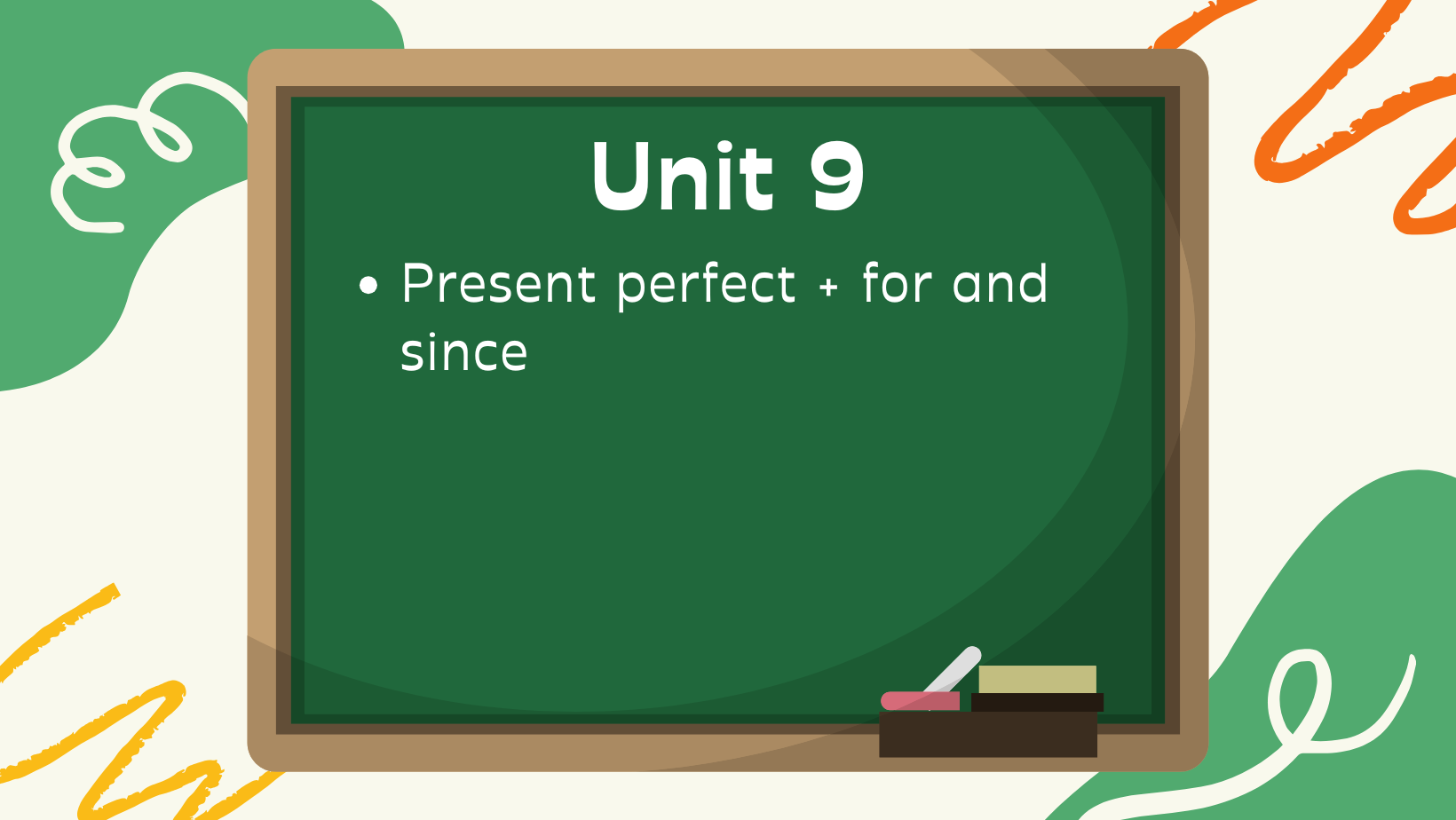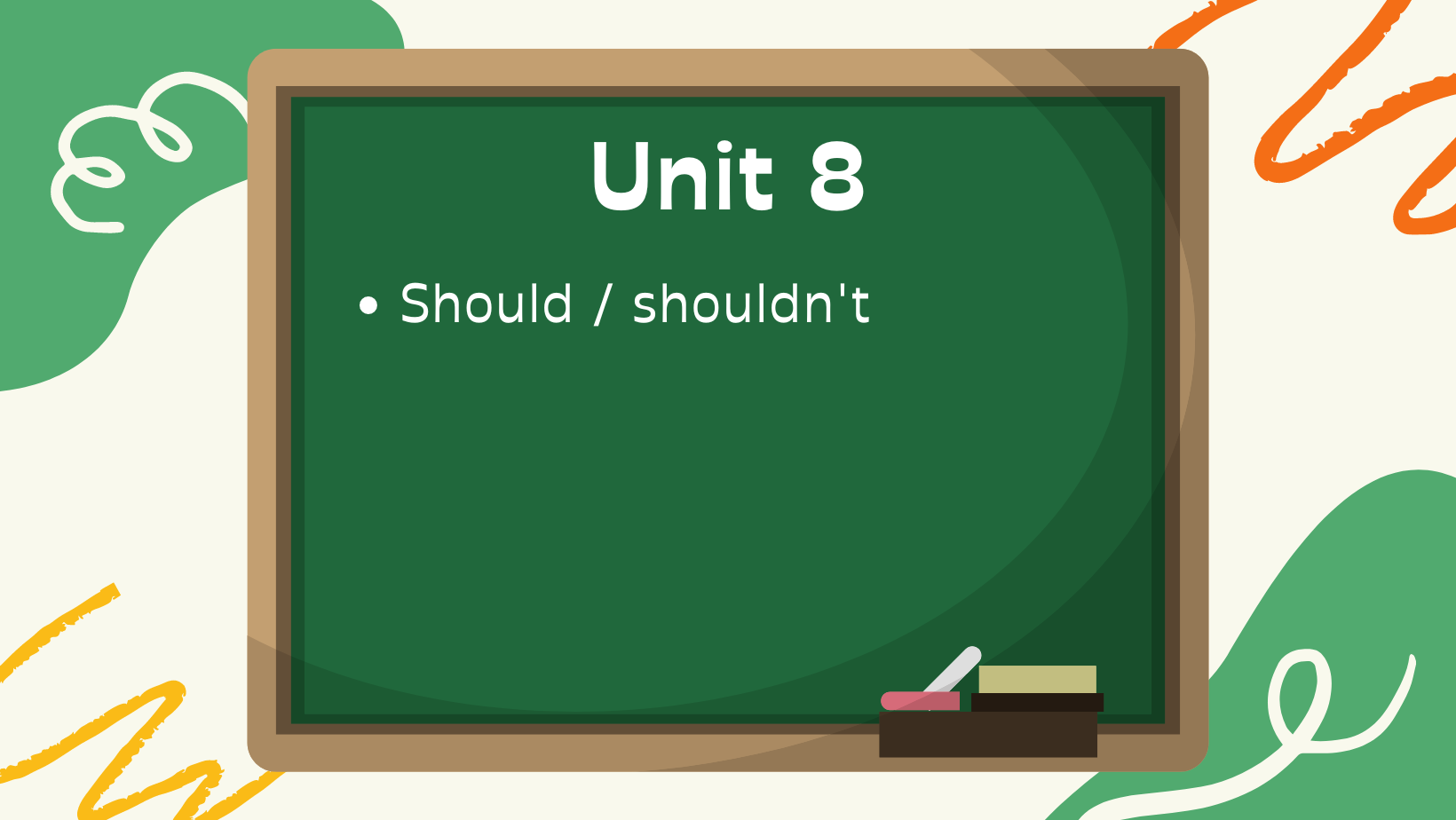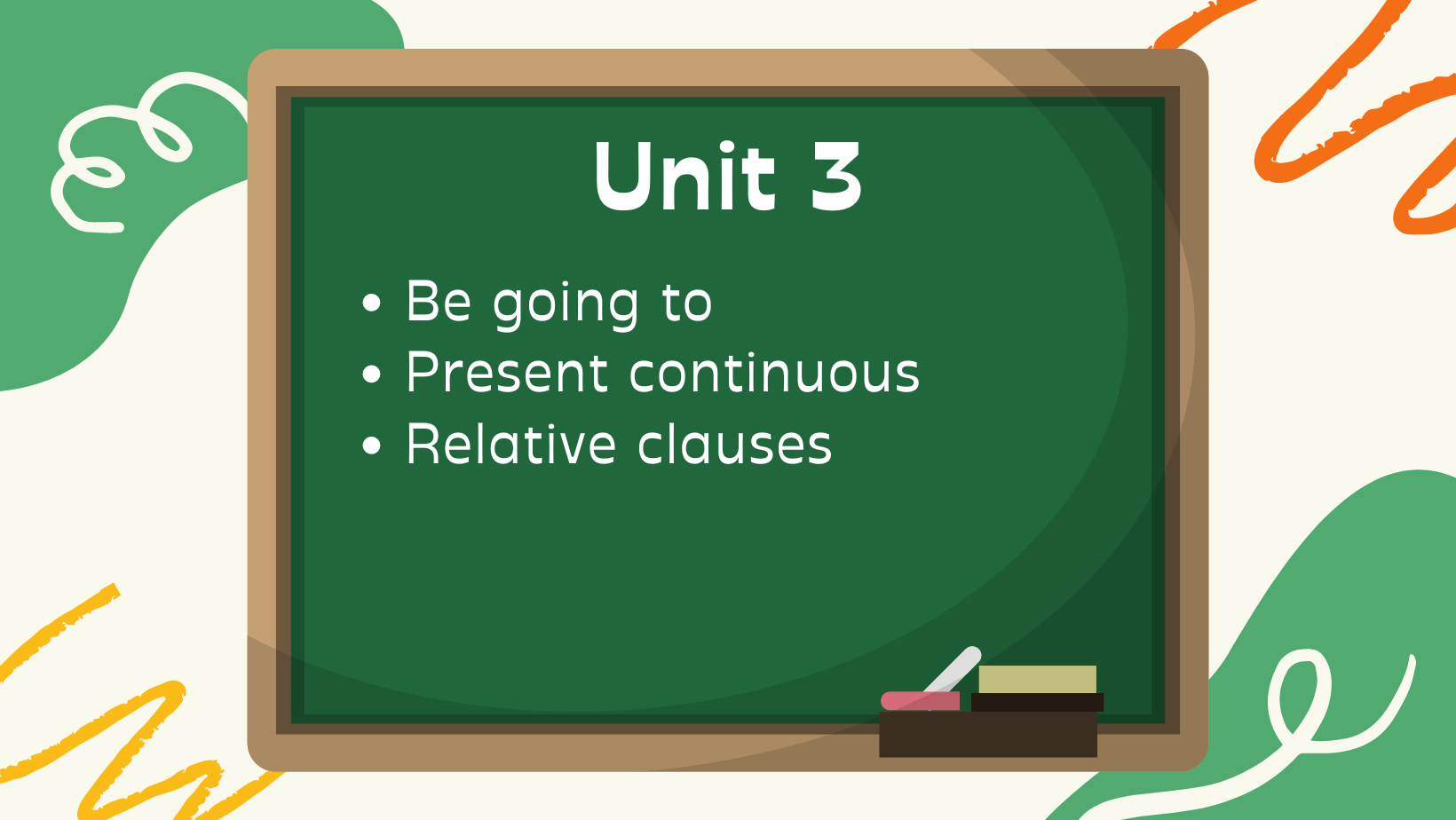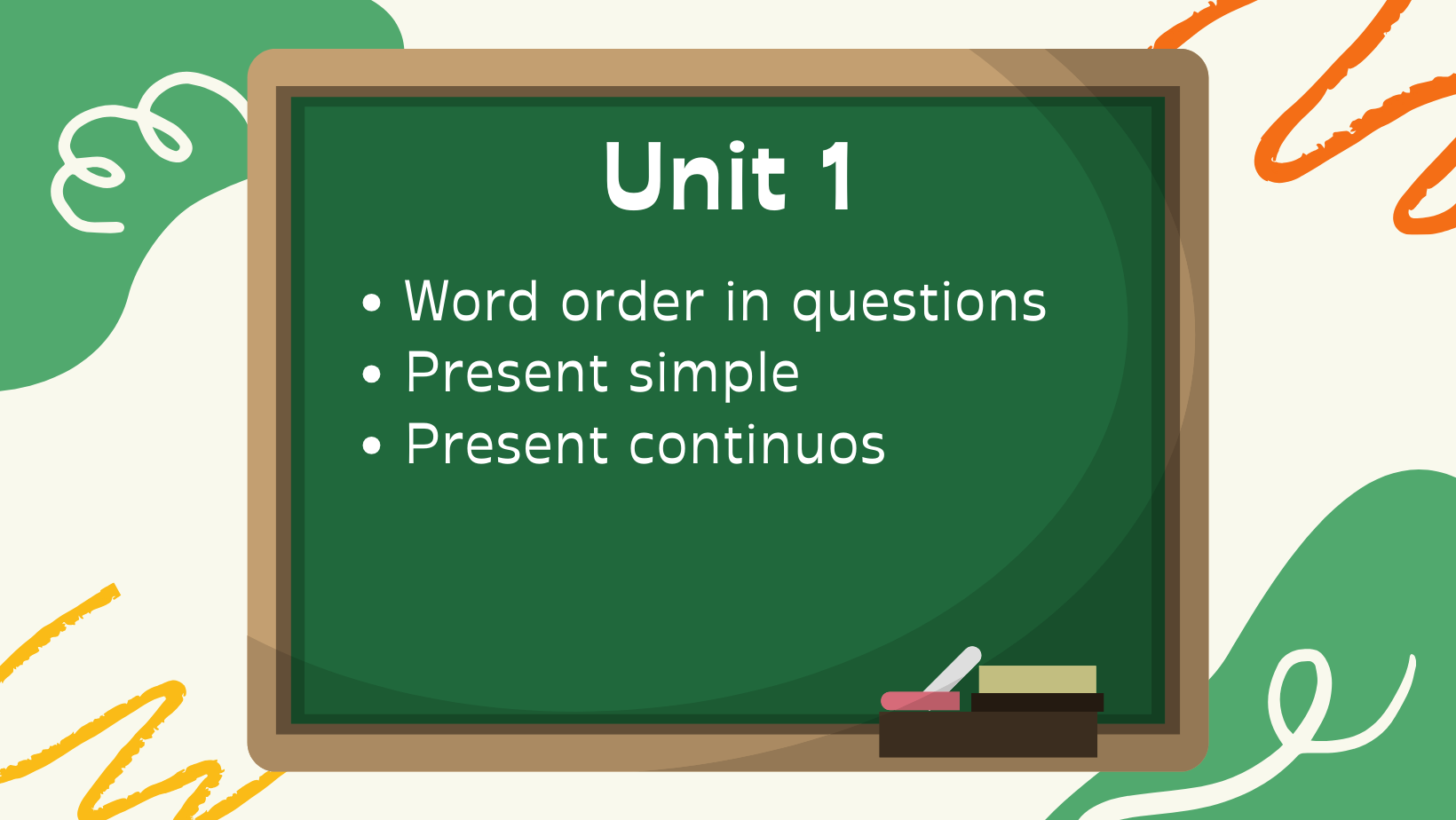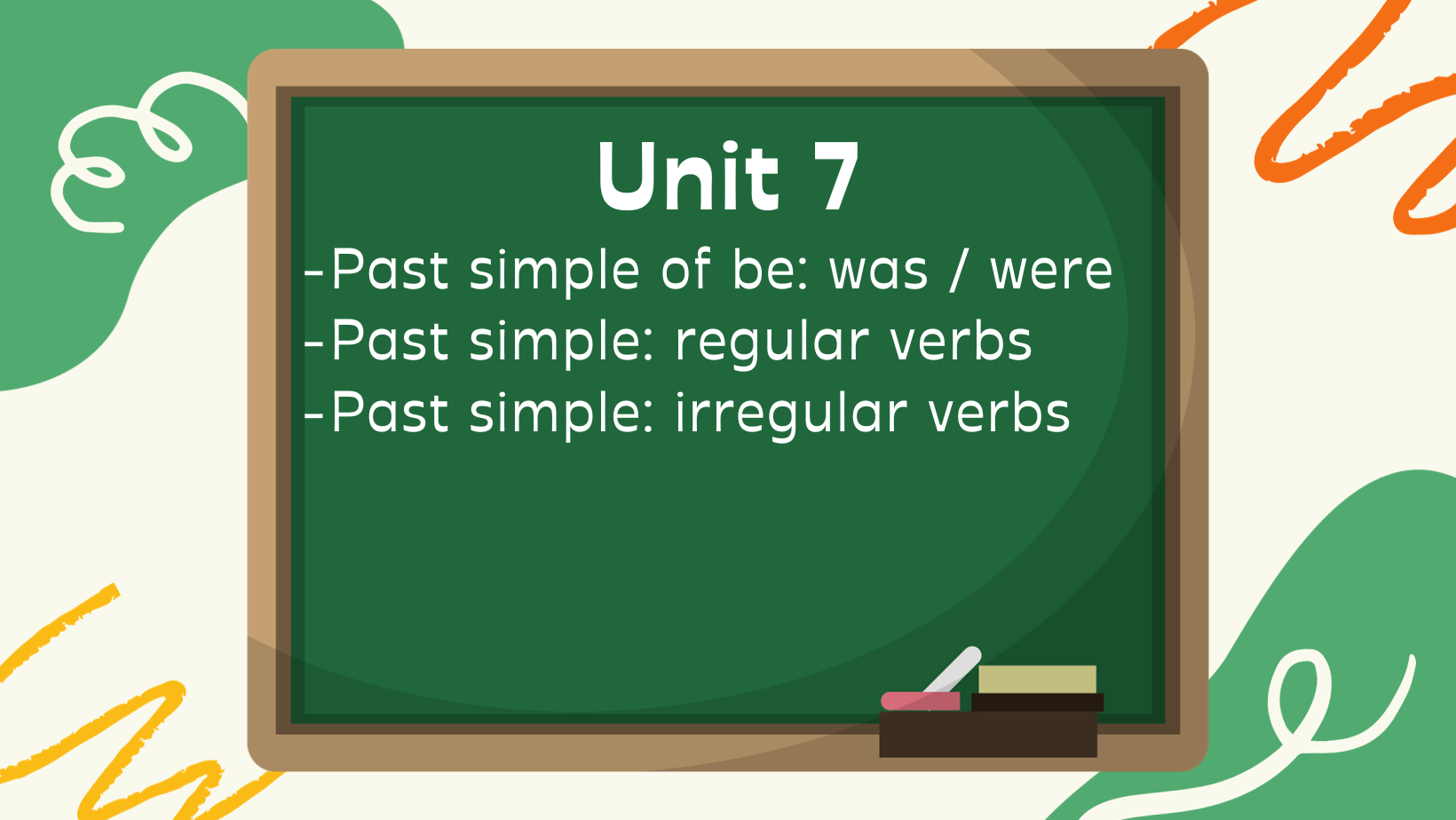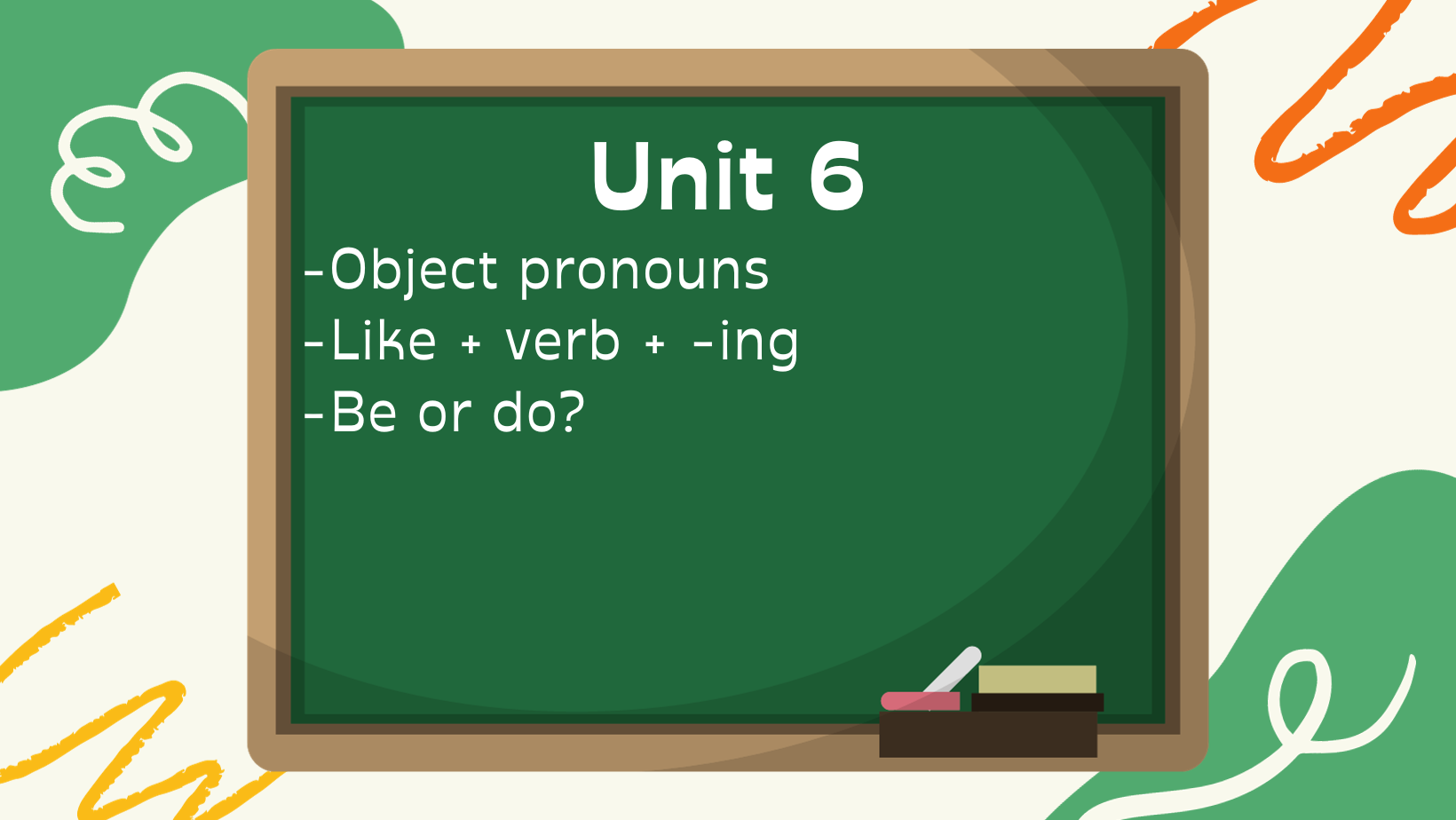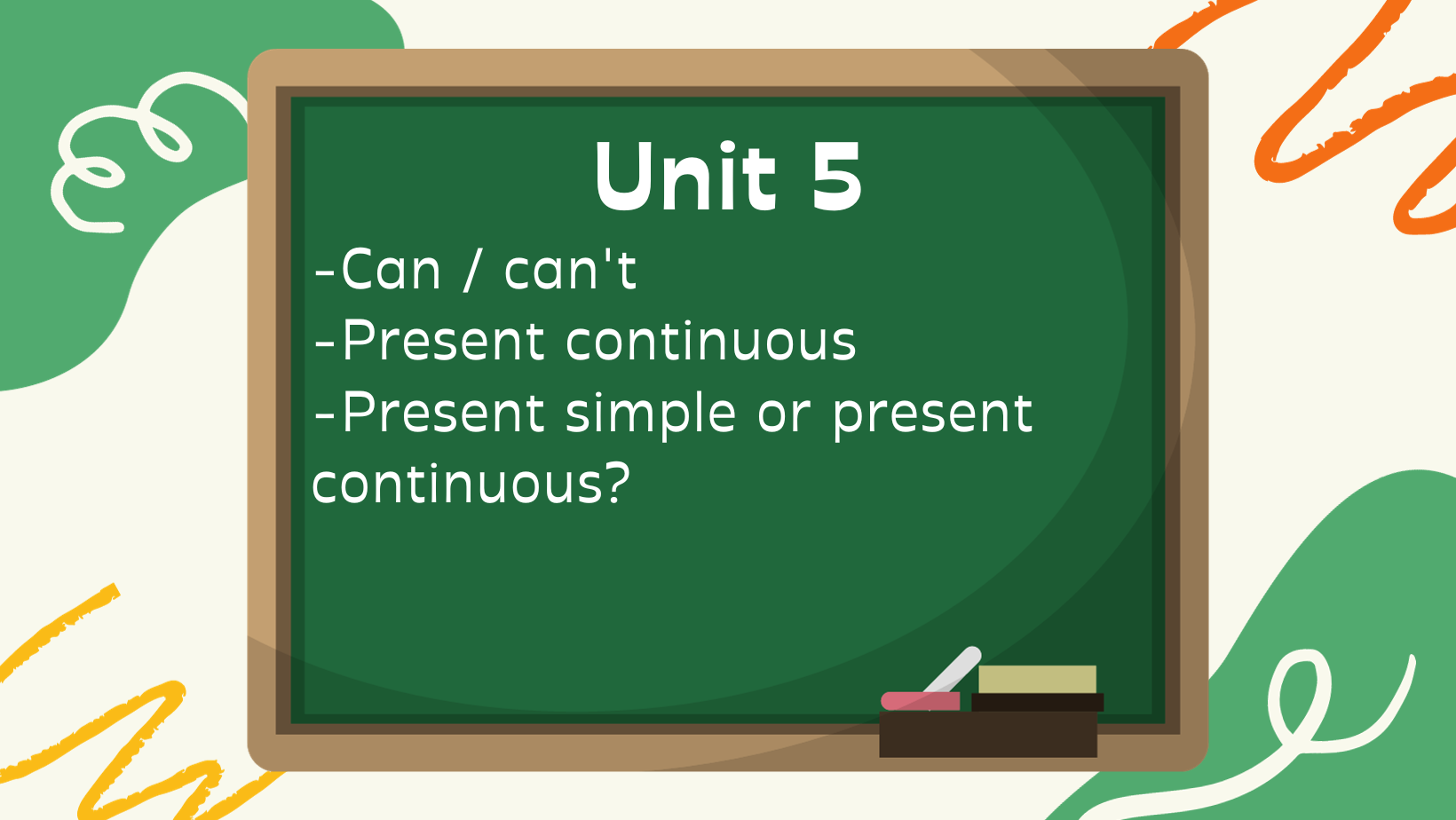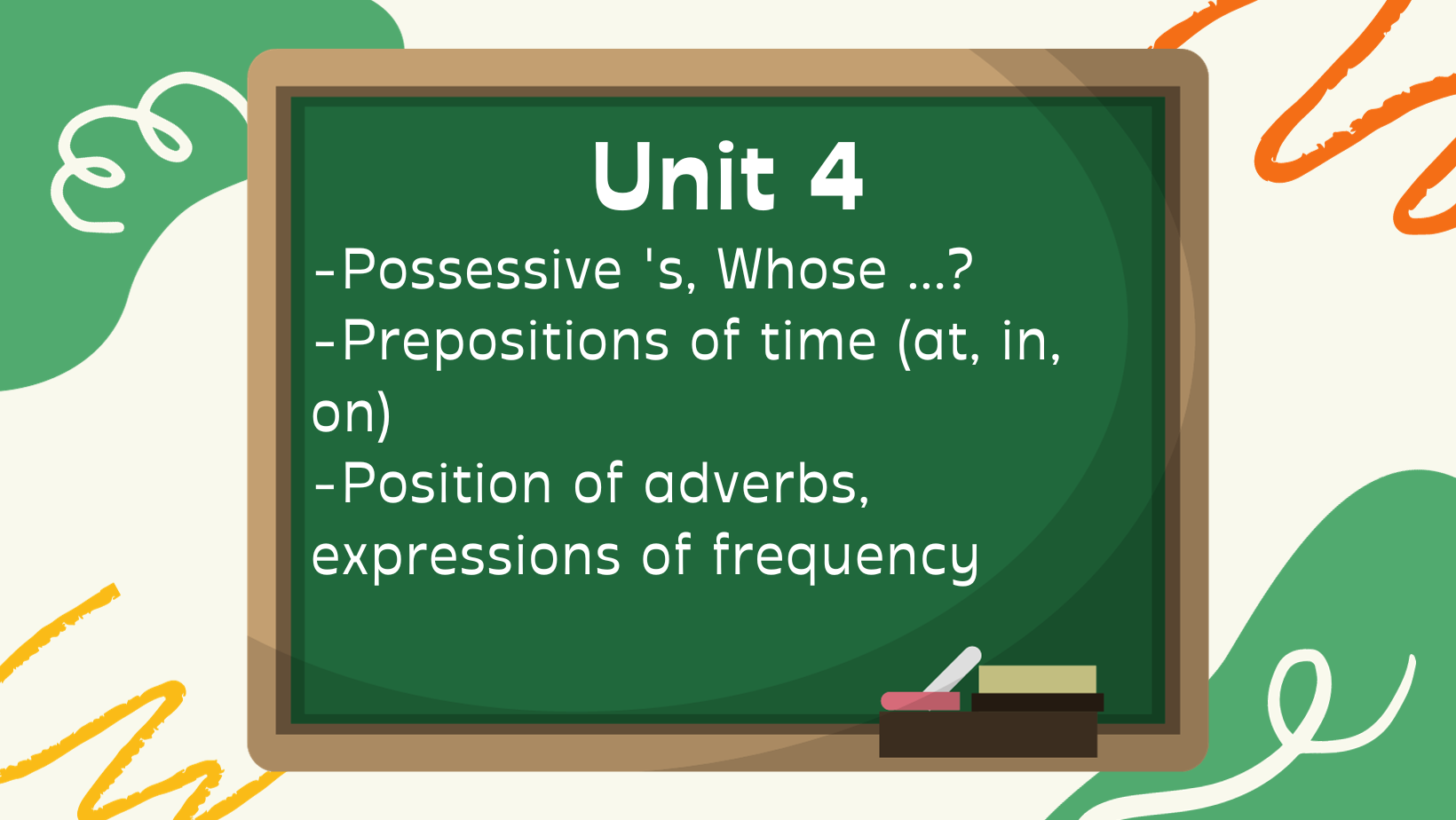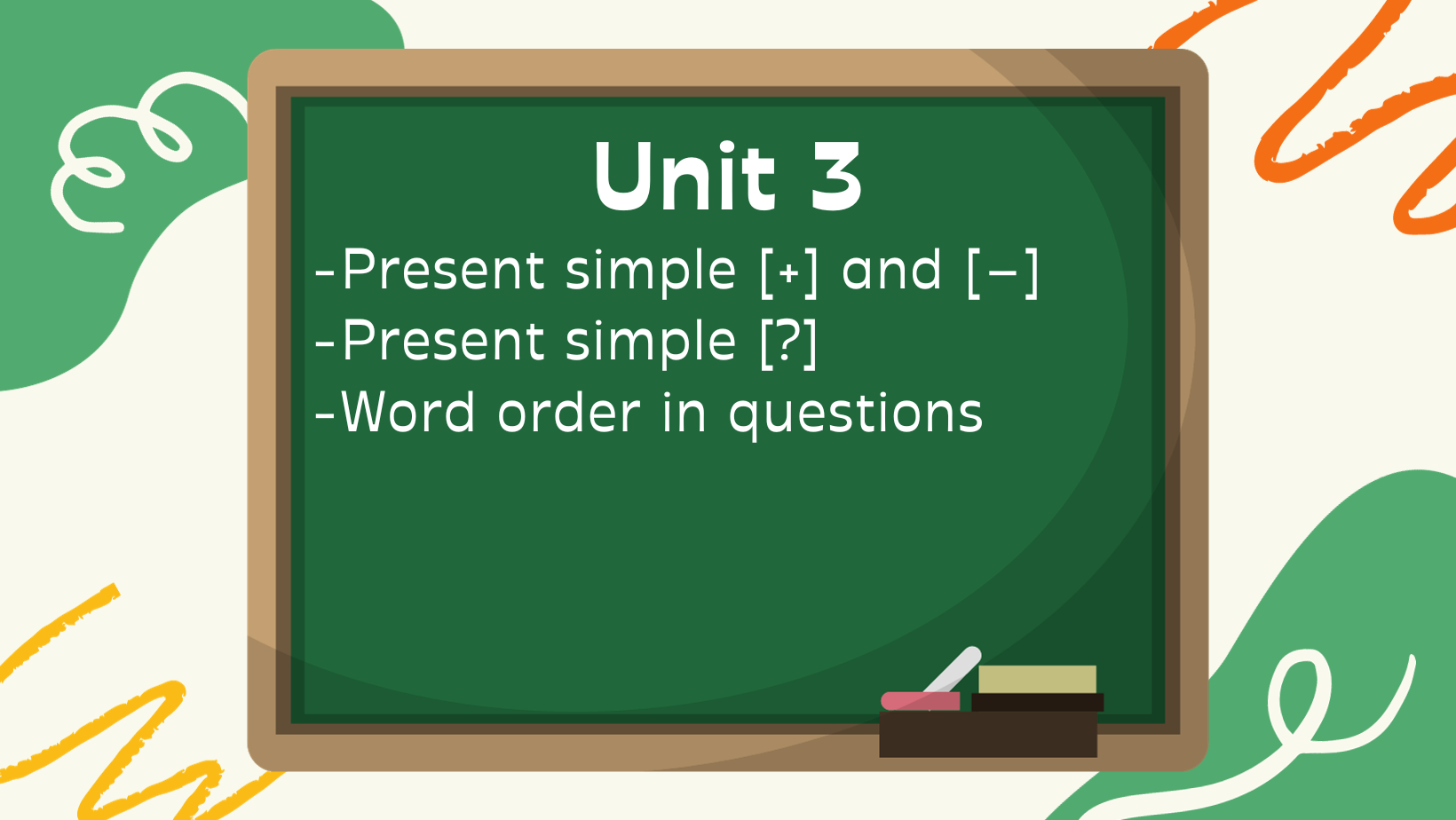Unit 8
Past simple: regular and irregular
EXAMPLES
- was / were and could
[+] Gordon was Jeremy's business partner. They were at his country house.
They could hear a strange noise.
[-] She wasn't at home last night. You weren't very nice to her.
I couldn't sleep.
[?] Were you ill yesterday? When was he born? Could you see anybody in the library? - regular verbs
[+] I really liked the present. She wanted to be a doctor.
[-] She didn't enjoy the concert. They didn't arrive until very late.
[?] Did you watch the match last night? When did you finish the book? - irregular verbs
[+] I went to Paris last summer. She slept on the sofa.
[-] He didn't come home last night. They didn't hear the music.
[?] Did you speak to your sister yesterday? Where did you have lunch?
FORM
- The past of be is was / were, and the past of can is could. We add not to make negatives, and reverse the subject and verb to make questions.
- Regular verbs add -ed or -d in the past simple [+]. e.g. want–wanted, like–liked.
- Irregular verbs change their form in the past simple [+], e.g. go–went, see–saw.
- Regular and irregular verbs (except be and can) use:
didn't + infinitive to make negatives, e.g. I didn't like it. She didn't see him.
did + subject + infinitive to make questions, e.g. Did you want to come? Where did she go?
- Regular and irregular verbs (except be and can) use:
There is / there are
EXAMPLES
singular > plural
[+] There's a garage. > There are some pictures on the wall.
[-] There isn't a swimming pool. > There aren't any plant in the room.
[?] Is there a bathroom downstairs? > Are there any neighbours with children?
[✓] Yes, there is. > Yes, there are.
[✗] No, there isn’t. > No, there aren't.
FORM
there is / there are
- We use there is / there are to say that something exists or doesn't exist, e.g. There's a bathroom upstairs. There isn't a bathroom downstairs.
- We use there is + a singular noun and there are + plural nouns.
- There is is often contracted to There's. There are is not usually contracted.
- When we talk about a list of things, we use there is if the first thing in the list is singular and there are if the first thing in the list is plural.
In my bedroom there's a bed, two chairs, and a desk.
In the living room there are two armchairs and a sofa.
Some / any + plural nouns
a / an, some and any
- We often use there is / isn't with a / an, and there are / there aren't with some and any.
- We use some and any with plural nouns. Some = not an exact number, e.g. There are some eggs in the fridge.
- We use some in [+] sentences, and any in [–] and [?].
There was / there were
EXAMPLES
singular > plural
[+] There was a big mirror. > There were four lamps.
[-] There wasn't a TV. > There weren't any ghosts.
[?] Was there a bathroom? > Were there any windows?
[✓] Yes, there was. > Yes, there were.
[✗] No, there wasn't. > No, there weren't.
FORM
- there was / there were is the past of there is / there are. We use there was / there were to say that something existed or didn't exist, e.g. There were two computers in the office, but there wasn't a printer.
Lessons
